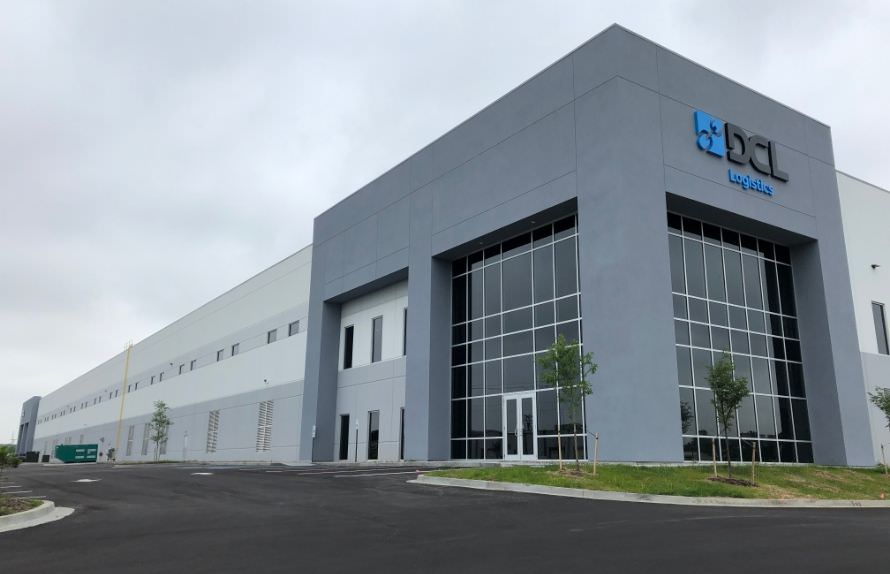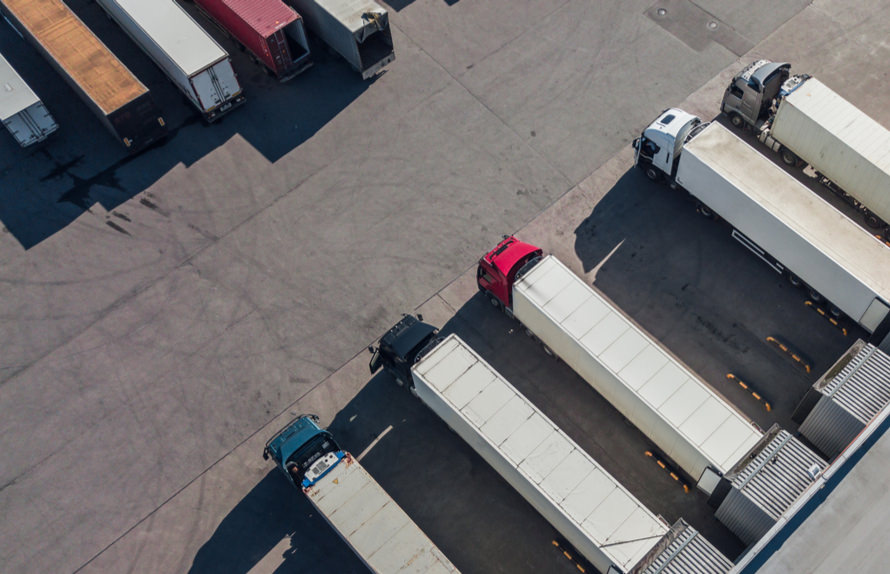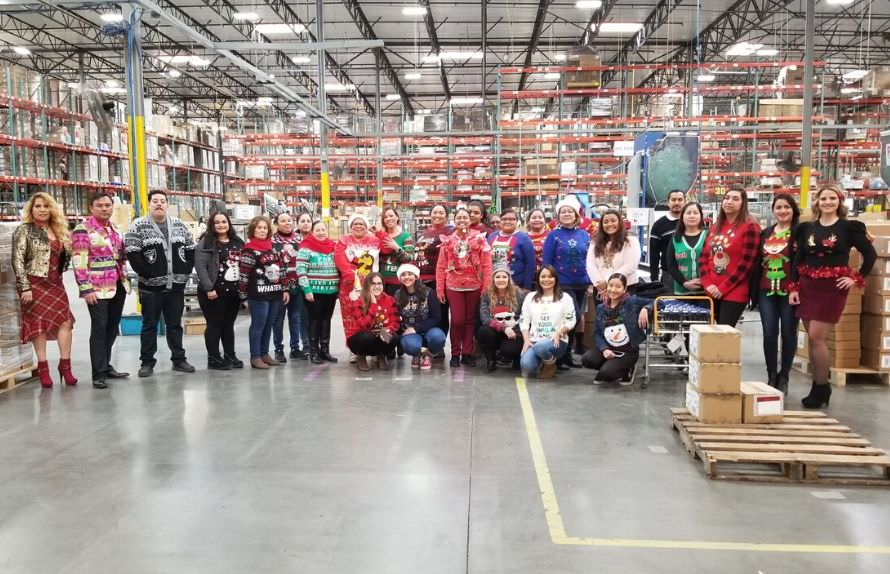
Joe McIntyre, is an operations leader and consultant and Founder of Slotted, a comprehensive directory for finding a 3PL. As a supply chain expert, both on the vendor and brand side, he brings decades of experience to helping fulfillment providers and operators find a great match and reach their full potential.
Whether you’re a small business, a startup, or a high-growth global brand, outsourcing fulfillment and logistics to a new partner is no small decision.
A third-party logistics provider (3PL) is responsible for a critical aspect of your ecommerce brand, and the job they do has direct ties to overall customer satisfaction, and ultimately your bottom line.
When vetting a new 3PL or switching providers, ecommerce brands sometimes miss a few important aspects of the relationship. Some ecommerce brands don’t realize how cost prohibitive it can be if you make a bad choice or end up with a poorly performing provider.
The key to a successful, long-term relationship with your fulfillment provider is being open, understanding, and transparent from day one—this includes how you submit an RFP.

What is an RFP? What Should be Included When Submitting an RFP?
To establish a relationship with a 3PL, brands often need to submit a request for proposal (RFP). This will outline some of the factual details of your business needs, and list how you want the 3PL to support your business.
All 3PLs are not the same—many brands do not take the time to understand how their 3PL is set up, how they operate, and how they can or will support your brand.
As much technological advancement that we’ve made in this industry, there is still a relational part of fulfillment and logistics that is highly important. Both the shipper and the 3PL need to know the nuances of the other side’s business to make it a successful partnership.
It’s so easy to default to the feeling that I’m an expert in what I do, and they’re an expert in what they do, and therefore, I should trust that they know their business and they’re telling me everything they know. But that leaves way too many assumptions and it’s what can get brands in trouble.
As a brand, do you know the answers to these questions about your prospective 3PL?
- What are the economics of their business?
- What does this 3PL prioritize?
- Are there services that the 3PL specializes in?
- What is the makeup of the majority of their clientele?
So many brands think a box is a box, and to fulfill products is an easy task that should be clear cut. But fulfillment is much more nuanced than that, especially as a brand grows and adds more sales channels, products, and customers.
Understanding your 3PL’s business will tell you a lot about how well you’ll fit together. How does your provider make money? Is it from parcel rates, fulfillment costs, storage, or something else?
There may be a direct issue with your brand business model. For example, a brand that is highly seasonal, wanting to hold inventory for most of the year and push a lot out at once, isn’t going to be a good fit for a 3PL with high, slow-moving inventory storage fees.
If you can’t flesh out a very transparent understanding of how your own business model will match or not match your 3PL’s business model, you’ll be starting out the relationship from a deficit.
2. Understanding What You Need as a Brand
Is this partner a stepping-stone or a growth partner?
It’s an important distinction to know before entering into a relationship. And if you don’t quite know yet, be open to finding out throughout the RFP process. You may learn more from a 3PL who turns you away than those who say they will do anything you ask.
When I was working on the ecommerce side, some of my favorite providers were the ones who told me “No.” when we were two calls into an exploration of working together. Before I’d ever spent a dollar with them, they cared enough about my business to tell me they would not be a good fit for me. I saw that as demonstrating huge respect to me and exhibiting their expertise.
The brands who do it really well are very open about who they are and who they aren’t. They start from a position of strength because of that. Do they have the lowest fulfillment costs? Probably not. But they definitely have consistent fulfillment costs, which allows them to plan accordingly and grow.
3. Going Beyond the Rate Card, Cost Versus Value
In the startup phase of a company, there’s an interesting dynamic where brands often de-prioritize the costs of operations and fulfillment, but then have a negative experience (inaccurate orders, damaged goods, lost SKUs, etc.) with that vendor which leads them to pay more in the long run. Working with a poorly fitting 3PL can, in the long run, hold your brand back from scaling opportunities.
This common predicament is based on a few factors. First, a startup usually needs cash, making them highly sensitive to any business costs. Plus, there are thousands of companies classified as fulfillment providers, how do you choose the right one? Brands without fulfillment experience often opt for a low-cost option.
Second, it’s rare that the CEO or Founder of an ecommerce company comes from the operations side of business, more often they are highly creative, great marketers, or successful brand builders. With lower overall expertise in operations, fulfillment, and transportation, finding a quality 3PL becomes a secondary expense, therefore minimizing it versus investing in it.
The counter to this is to see the total cost to serve, not just the fulfillment cost. If you know your brand well, maybe you have high-margin products that need a very premium experience. You need to look at the cost per unit to fulfill, but you also need to look at the worst-case scenario cost.
If you choose to fulfill in-house because you’re not ready to trust a 3PL to pack your high-value goods in a premium way, how much will it cost per unit if items get damaged, returned, and cannot be resold? You’ll have a negative margin at that point.
4. Being Fully Transparent with Your Business Data
As a brand, you must be willing to admit your shortcomings. Transparency is the number one key to any solid supply chain partnership. This should start on day one, including what you submit in your RFP.
The accuracy of the RFP process is a cornerstone to understanding if the relationship is a good fit. An important step to an accurate RFP goes further than volume projections—you need to know what the shortcomings of your business are, what will make you a bad customer, and be transparent about the state of your business.
A 3PL can only vet you as a brand based on what you tell them. They are actively taking a chance on you, and trusting you are providing the truth.
If you do not know where your business lifecycle is, be clear about that. You can project all you want, but you will have a happier partnership the more clarity and transparency you can bring to this initial courting process.
If you fudge your projections, and you don’t come through with the order volume you predicted, then you’ll have a very sore relationship and potentially a bad reputation.
Why it’s Important to Pick a 3PL That is the Right Fit for Your Brand
It’s easy on the ecommerce brand side to look at your fulfillment partnership as a one-to-one relationship. As a brand you have one singular fulfillment partner. But from the vendor side, the 3PL supports many brands with many different needs. A 3PL needs to ensure they are bringing on customers who will fit within the space that they have available.
Many brands don’t often see this bigger picture or the balance that’s at play. The more you communicate your brand needs and availability from day one, the easier it is for your 3PL to do their job. The more that your 3PL can plan against what you bring then, the more likely they are to prioritize you, especially when you have a slip up.
When you’re submitting an RFP to a 3PL, the more honest you can be, the more likely you’ll find the right fit and a well-matched partnership will be beneficial for both parties in the long term.
If you’re looking for a 3PL with fulfillment centers in cities across the US, we own and operate facilities in The Bay Area, Los Angeles,Kentucky, and theEast Coast.
Be sure to review the list of services we offer, includingecommerce fulfillment,retail fulfillment,Amazon fulfillment services,reverse logistics,transportation management, andkitting & assembly.








